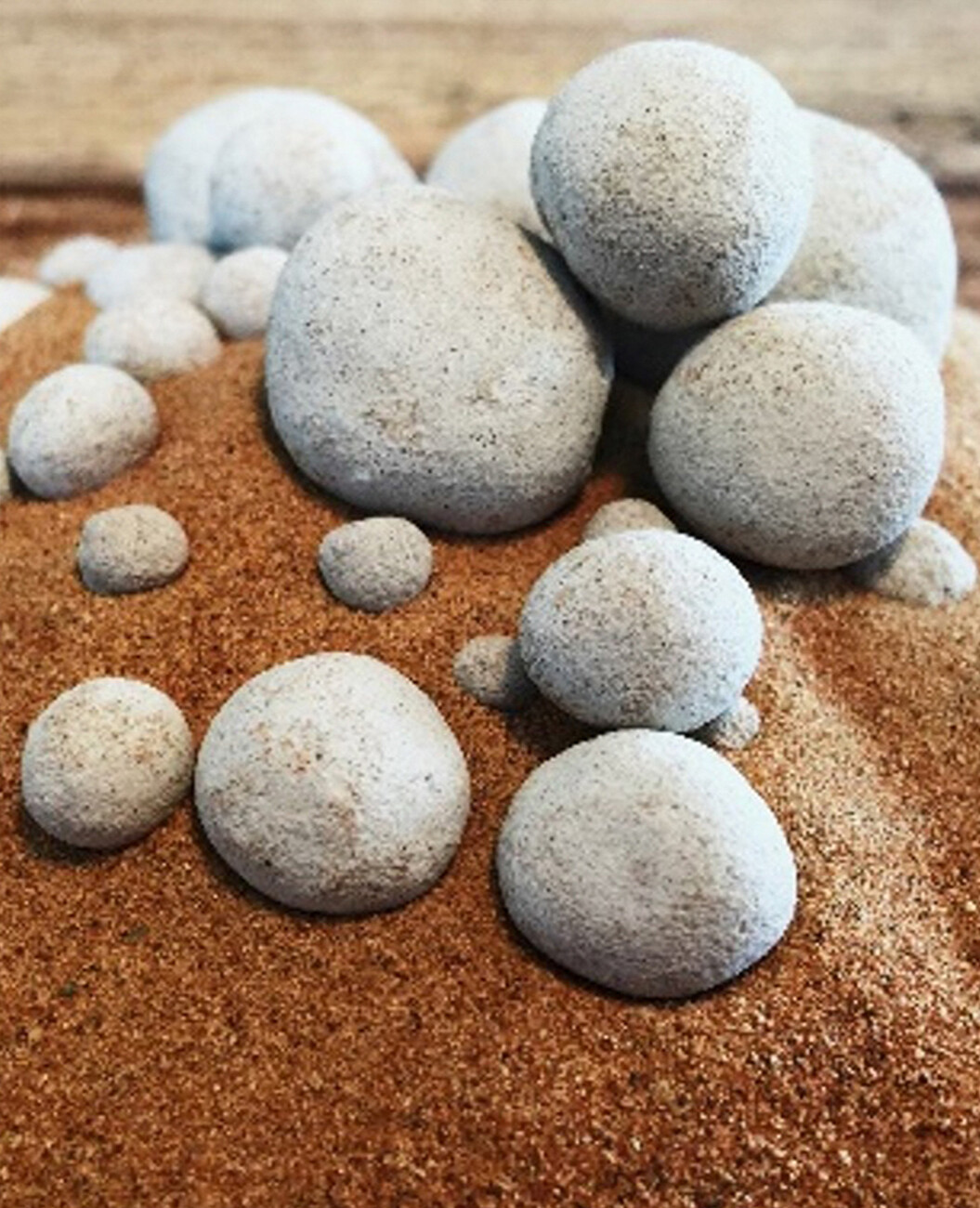SUSTAINABILITY
Concrete from the desert
Anna Moldenhauer: Dr. Halser, you are an architect and have spent many years in managerial roles with construction companies and corporations in the building and prefabricated components sectors. How did your collaboration with chemist Helmut Rosenlöcher, who has for many years now been researching into manufacturing optimized concretes, come about?
Dr. Leopold Halser: I have known Dr. Rosenlöcher and been aware of his research for 15 years now. Then, in 2016, we decided to join forces and set up a company which we called MultiCON. As well as his role as technical director and partner in MultiCON GmbH he is also managing partner at MCI, which holds the rights to patents for our research.
It is MultiCON’s objective to offer low-cost, ecologically acceptable concrete solutions. How can concrete become sustainable?
Dr. Leopold Halser: With our methods we are in a position to manufacture the kind of concretes that are more durable. One of the ways that we achieve this is by changing the mixing sequence. Concrete requires sand, gravel, cement and water. You cannot mix the ingredients together at high speed. Instead, they need to be stirred slowly. The methods we use start by amalgamating the soft substances, i.e., the water and cement, which are subsequently processed at high speed. It is only then that we add the sand and gravel aggregates. This method allows the concrete to become more compact and cuts out the cement, which we replace with limestone powder for bulk. This limestone powder does not need to be fired, as is the case with cement manufacture, and this cuts the concrete’s carbon emissions, something that is not only more environmentally-friendly, but also less expensive. The limestone powder also makes the concrete pour better as it creates less friction with the other materials during mixing. And this means that we need less water. In other words, I get a better concrete, save money and go easy on the environment.
Special parameters need to be adhered to in structural engineering. For instance, the concrete should not cure too quickly, it should not expand and needs to be frost-proof. Have your concretes been tested to see if they meet these requirements?
Dr. Leopold Halser: Our concretes actually display better characteristics than conventional concrete in terms of weight, durability, stability, and frost resistance; in fact, they do not present any problems when used in structural engineering. We have demonstrated this in accordance with the European standard 206 for “concrete of equivalent composition”.
On the method of processing desert sand: So that the latter can be used for concrete manufacture, the grains are ground up finely. The resultant powder is subsequently granulated to form pellets and can then be further processed.
Dr. Leopold Halser: Exactly. This method even works with the kinds of fine European sand that could not, until now, be used in concrete manufacture. Moreover, we can also use the sand powder to make gravel.
Your idea was very well received back in 2018, at the ICCX Middle trade fair in the United Arab Emirates – partly because of its potential for industry and the fact that it could curb illegal sand extraction. When is it expected to be ready to go on the market?
Dr. Leopold Halser: The pandemic has set our planning back a good year. Something that is in place, however, is the cooperation agreements with Saudi and German companies, allowing us to establish the first pilot plant for exclusively processing desert sand. When the latter is up and running, we will be in a position to manufacture large quantities of concrete in a short period of time. Interest in our research is and remains at a high level – unfortunately to a greater extent outside Germany than on the domestic market. Furthermore, to date the German concrete factories have not devoted enough thought to the dwindling resource that is building sand. There is very little demand for new approaches in this respect. This means that although we offer an innovative technology developed in Germany, we need to set it up outside the country before we can establish it in Germany as well. This really is a little bit crazy.
Why in your opinion is concrete and not the alternatives to it the construction material of the future?
Dr. Leopold Halser: There is an ever-growing demand for concrete because a rising population means, amongst other things, that the infrastructure needs to be developed, too – and there is practically no alternative to concrete as a building material. Of course, there are also buildings made of wood or brick but currently these only account for a small percentage of the market. The advantages of concrete – such as its resistance to pressure – are second to none. Parallel to our material research into desert and fine sands, we have also developed a lightweight concrete in which the steel reinforcement is replaced by polymer fibers. These make the concrete lighter and more durable. Instead of attempting to avoid concrete we should work on optimizing it and developing new manufacturing methods which will protect dwindling resources such as building sand.







